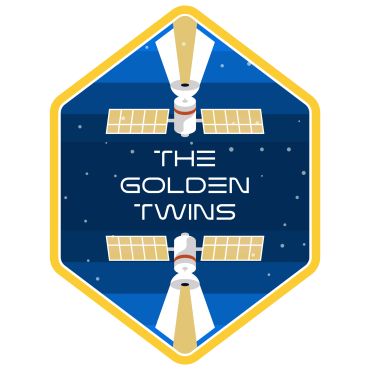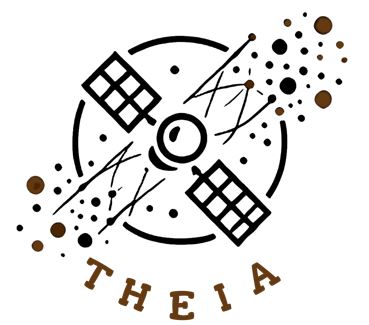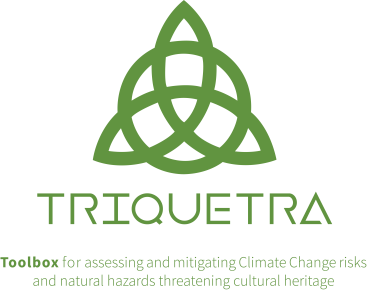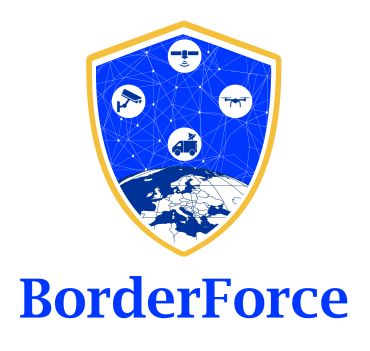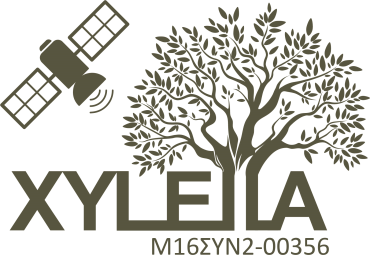R&D projects
R&D projects
The “Golden Twins” project under ESA’s InCubed program, aims to establish a system-agnostic, multi-mission hosting Earth Observation (EO) platform addressing the unique challenges of Greece’s islands. Focused on forest fire…
The EU has experienced a surge in fixed border surveillance solutions, including physical barriers, now covering 13% of its external land borders. The BorderForce project addresses evolving threats by enhancing…


